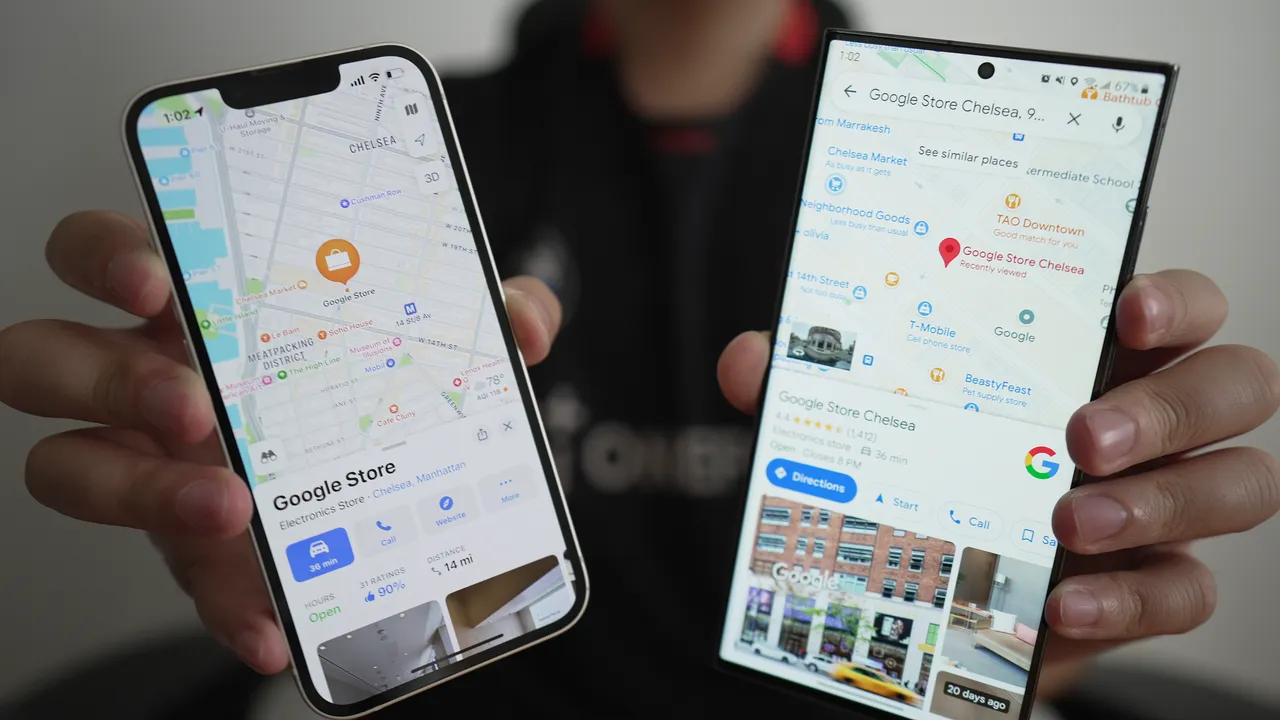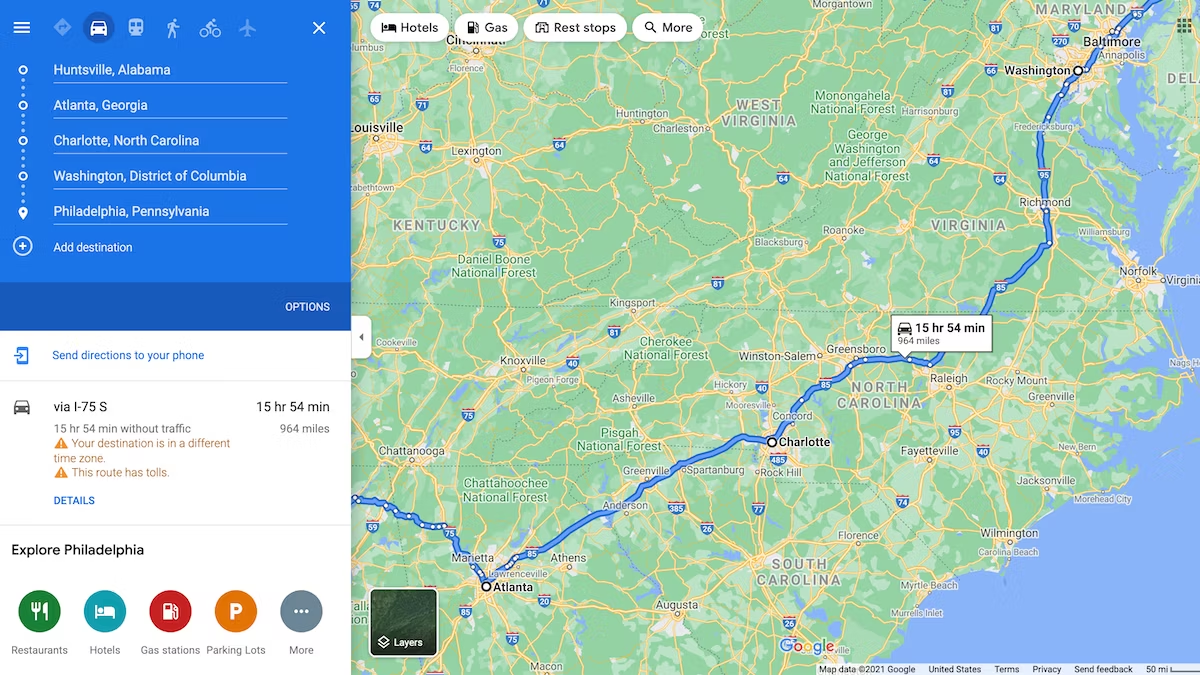When integrating Google Maps API Troubleshooting into your applications, encountering technical challenges is not uncommon. This guide provides essential tips and techniques to troubleshoot and resolve issues effectively, ensuring smooth integration and functionality.
Understanding Google Maps API Troubleshooting
Google Maps API troubleshooting involves identifying and resolving issues that may arise during the implementation or usage of the API. Common issues include authentication problems, incorrect API usage, and unexpected errors in map rendering or functionality.

Checking API Key Authentication
One of the most frequent issues with Google Maps API is related to API key authentication. Ensure that your API key is correctly generated and properly configured within your application settings. Verify that the API key restrictions (e.g., HTTP referrers, IP addresses) are correctly set to prevent unauthorized usage.
Reviewing API Usage Limits
Google Maps API imposes usage limits, such as requests per day and requests per second, based on your API key type (standard or premium). Monitor your API usage through the Google Cloud Console to avoid exceeding these limits, which can result in errors or temporary blocks.
Handling JavaScript Errors
When integrating Google Maps API with JavaScript, JavaScript errors may occur due to syntax issues, incorrect function calls, or conflicts with other scripts. Use browser developer tools to debug JavaScript code and identify the root cause of errors affecting API functionality.
Verifying API Endpoint URLs
Ensure that API endpoint URLs in your application are correct and up-to-date. For example, use the latest version of the Google Maps JavaScript API URL (https://maps.googleapis.com/maps/api/js) and check for any changes or deprecations that may affect your implementation.
Resolving Cross-Origin Issues
Cross-origin issues may prevent your application from accessing Google Maps API resources due to security restrictions enforced by web browsers. Use CORS (Cross-Origin Resource Sharing) headers on your server to allow cross-origin requests or utilize JSONP (JSON with Padding) for cross-domain API requests.
Monitoring Network Requests
Use network monitoring tools or browser developer tools to inspect network requests made by your application to Google Maps API endpoints. Check for HTTP status codes (e.g., 200 OK, 4xx client errors, 5xx server errors) to troubleshoot issues related to network connectivity or server-side problems.
Implementing Error Handling
Implement robust error handling mechanisms in your application to gracefully manage and display errors encountered while using Google Maps API. Provide informative error messages to users and log detailed error information to facilitate troubleshooting and debugging.
Updating API Libraries and SDKs
Regularly update Google Maps API libraries and software development kits (SDKs) to the latest versions released by Google. New versions often include bug fixes, performance improvements, and security patches that address known issues and enhance API reliability.
Testing in Different Environments
Test your application in various environments, such as different web browsers (Chrome, Firefox, Safari) and devices (desktop, mobile), to ensure compatibility and consistent API performance. Identify and resolve platform-specific issues that may affect user experience with Google Maps.
Consulting Developer Documentation
Refer to Google Maps API developer documentation and guides for comprehensive information on API features, usage guidelines, and troubleshooting tips. The documentation provides solutions to common issues and best practices for integrating Google Maps into your applications.
Seeking Community Support
Join developer forums, communities, or Stack Overflow discussions related to Google Maps API to seek advice from other developers and share experiences. Engaging with the community can provide valuable insights and solutions to complex API integration challenges.
Utilizing Support Resources
Utilize Google’s support resources, including forums, help centers, and support tickets, to escalate issues and receive assistance from Google Maps API experts. Report bugs, provide detailed descriptions of problems encountered, and follow up on support inquiries for timely resolution.
Conclusion
Effective troubleshooting of Google Maps API issues is essential for maintaining reliable and functional mapping capabilities in your applications. By applying these tips—such as verifying API key authentication, monitoring usage limits, and implementing error handling—you can resolve common challenges and ensure a seamless user experience.











